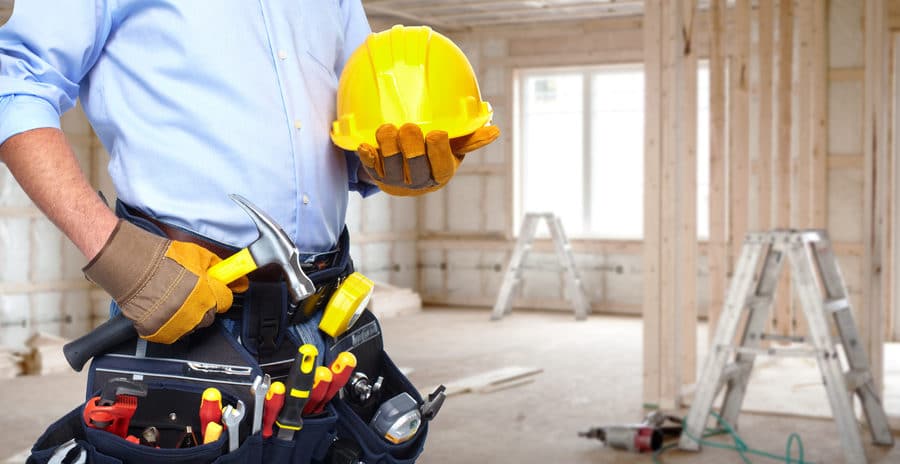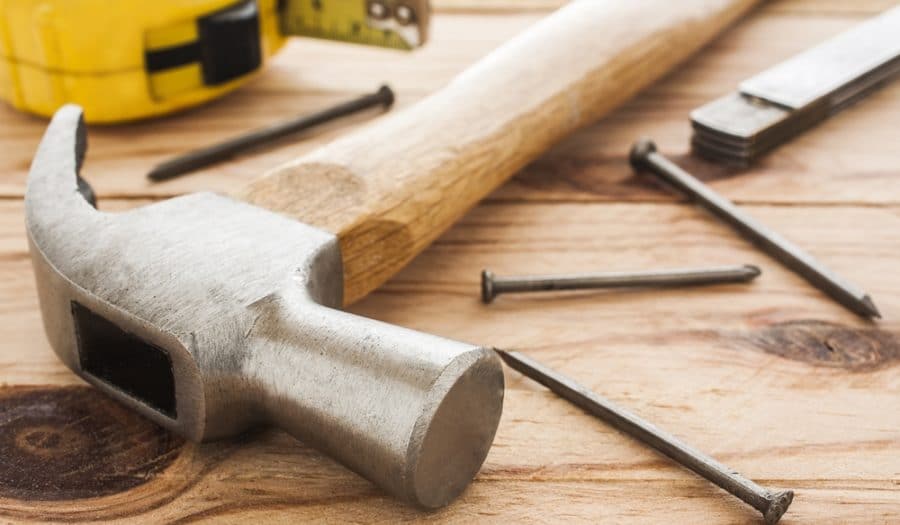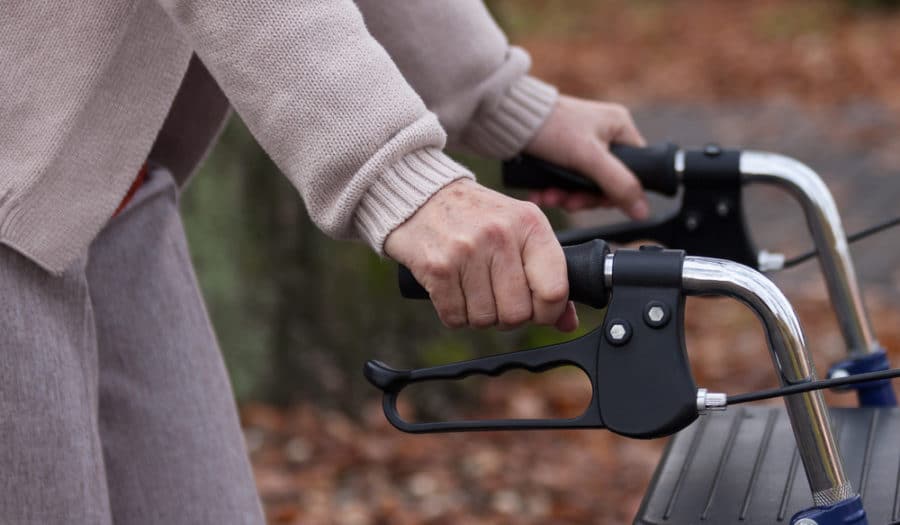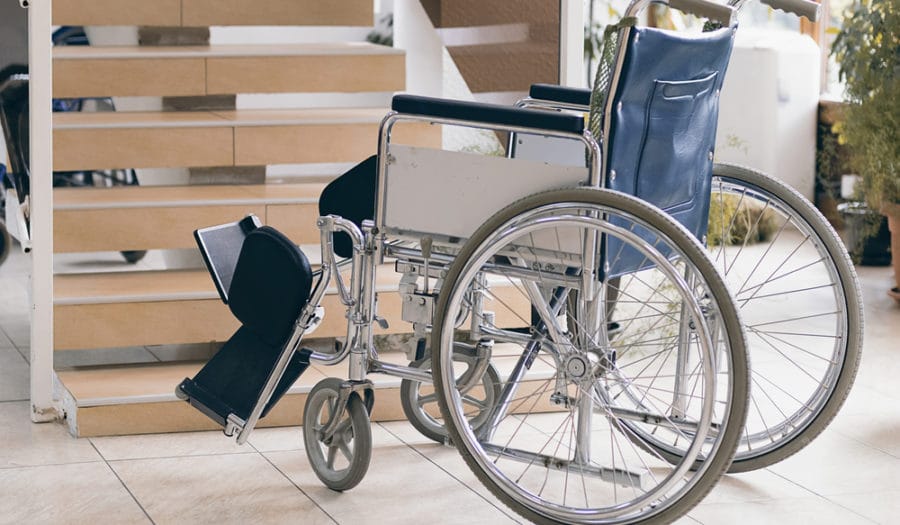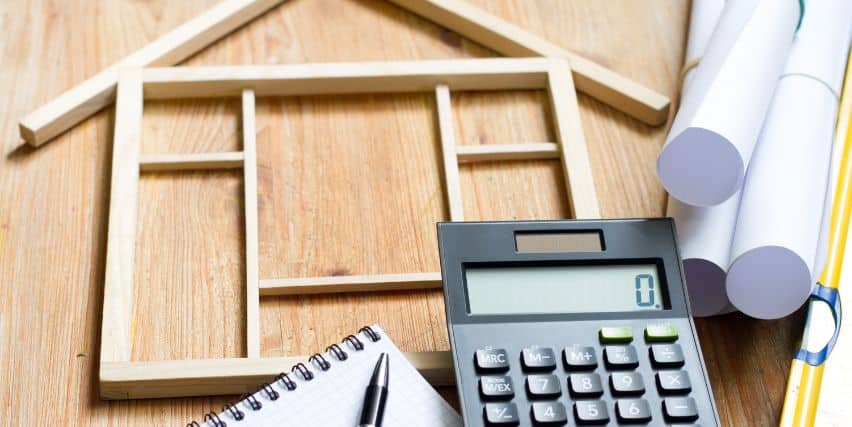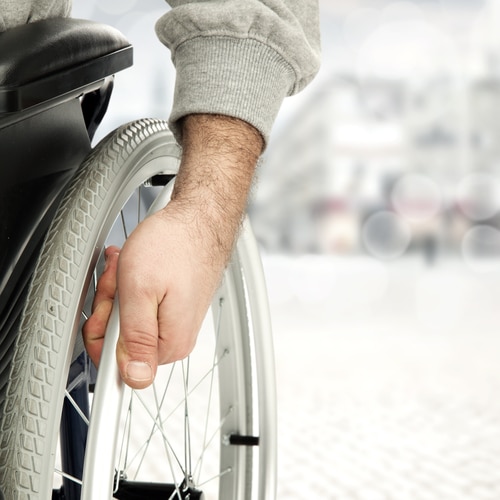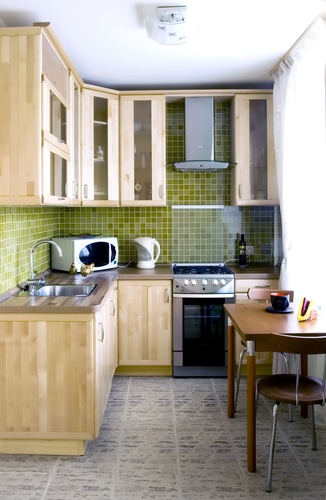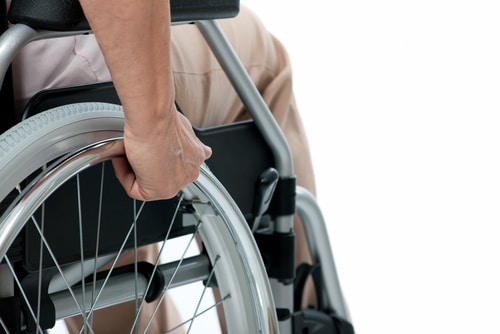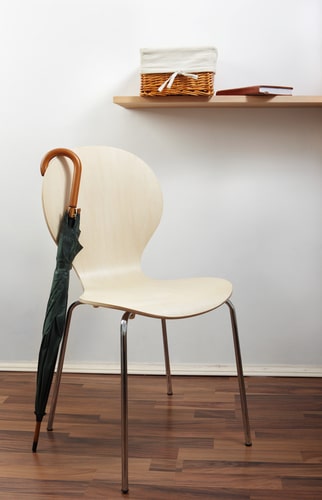10 Handy Tips for Staying Safe in the Bathroom
- https://renosgroup.ca/2015/07/">July 27, 2015
- By Keith Melanson
- In Bathrooms, Expert Tips, Home Renovation Blog, Mobility, Ottawa
According to the Public Health Agency of Canada and Statistics Canada, more seniors are injured at home than at any other location. About half of all seniors falls happen at home. Environmental hazards in the home are the most common environmental risk factor for falls, and nowhere are these hazards more prominent than in the bathroom. Here are ten handy tips so you can stay safe and prevent falls in your home bathroom:
Throw Out Throw Rugs
According to the Center for Disease Control and Prevention, throw rugs are the number one cause of household falls in the US. If you like the look of the rugs and don’t want to remove them, you can secure the rugs in place with slip-resistance backing or double-sided tape.
Non-Slip Shower
Water and soap are both slippery, which makes taking a shower a pretty big risk for falls. For this reason, you should place a non-slip mat or anti-slip shower treads on the floor of the tub or shower. If you plan a mobility renovation, you can choose to have slip-resistant tiles installed. These tiles are coated with an abrasive material for safety purposes.
Clean Tub
If you don’t clean your tub regularly, soap scum can build up and make the tub slippery. So clean it on a weekly basis. As an added safety bonus, you’ll also clear away mould and mildew growth.
Dry Floor
It’s no surprise that water on the floor creates a hazardous condition. Make sure you keep your bathroom floor dry and mop up any wet spots if they appear. To prevent water from the shower dripping on the floor, purchase a weighted shower curtain.
Mobility Renovations
Grab bars and rails around the toilet, shower, and tub are important safety features, especially for seniors. They help you maintain your balance so you don’t fall. If you do accidentally slip, you can reach out and grab a bar to regain your balance. Remember, items like towel bars are NOT substitutes for proper grab bars.
Lighting
You should place nightlights in the hallway to easily guide you toward the bathroom at night. Within the bathroom, place a nightlight or install an illuminated switch so you can safety turn on the light and conduct your business.
Higher Toilet Seat
Trying to crouch down onto a low toilet seat isn’t only uncomfortable for people with mobility limitations, it can also lead to a fall. Invest in a heightened toilet seat or use the opportunity to upgrade to a new toilet that not only sits higher, but is more energy efficient.
Bath Seat or Bench
Your mobility renovations should also include a bath or shower seat or bench. This gives you a place to rest if you feel tired, and you can also bathe yourself comfortably while sitting down safely.
Handheld Showerhead
If you are trying to get your whole body clean with a stationary showerhead, it requires a lot of movement on your part. A handheld showerhead is much more convenient, and can easily be used from the comfortable perch of a bath seat or bench.
Slow and Steady
When you try to rush, you are more likely to cause an accident. Go slow and steady and make sure you are safe and balanced. Make sure you allocate more time in the bathroom for yourself by waking up ten minutes earlier, for example.
These ten tips should help keep everyone safe in the bathroom. For more handy tips regarding mobility renovations, contact RenosGroup.ca today. To get in touch to schedule renovations, you can fill out an online form or give us a call at (613) 727-9427


